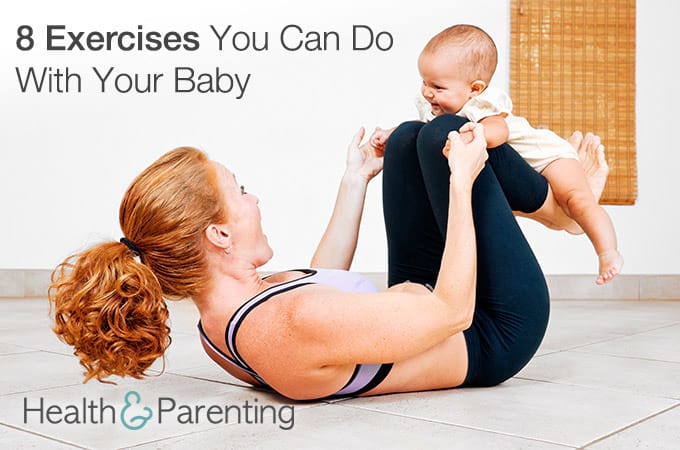“So, what do you do all day?,” my friend asked. At the time, she didn’t have any children yet, and I had two. I had decided to quit working outside the home when my oldest was born. My days were full – of changing diapers, washing and folding laundry, fixing meals, and, more importantly, cuddling and loving my small children.
The realities of being a stay-at-home mom, however, can be challenging for some. As one well-known reality television star put it, “It’s so boring!” There were days when it was raining outside, we had nowhere that we needed to go, and I didn’t have a single ounce of patience or time for crafts and nutritious meals. I was tired of doing the same old puzzles, reading the same old books, watching repeats of DVDs we’d already seen, and naptime couldn’t come soon enough. But those days were rare.
Did I miss being out among adults in the working world? Sometimes. When my husband was working longer hours, I might go the whole day conversing only with a one-year-old and three-year-old. It was hard not to envy at least a little intellectual stimulation that comes from even the simplest small talk with others my own age.
Did I miss the intellectual challenge of work and study? Sometimes. But I was able to do a lot of reading, and the Internet made a huge difference in being connected to resources to further my education and interests. The library became a favorite resource – for me and for my kids.
Here are some ideas to help you stay sane if you’re having trouble adjusting to being a stay-at-home mom:
– Find something creative you like to do, and do it without kids. Whether it’s writing, reading, painting, crocheting, exercising, hiking, shopping – whatever – find some time every week to do it without kids in tow. When my youngest was a baby, I attended a “play group” (which was essentially a way for new moms to get out of the house), and a group of us moms started meeting once a week for tea, coffee and gossip. Mostly we talked about our families, but at least we did it without having to find anything, wipe anything or yell at anyone.
– Get out of the house with your kids often. This doesn’t need to be to attend a structured program or playdate. Simply take a walk around the block, go dig in the garden together, play at the park, or toss a ball around on the porch. Fresh air and sunshine will do everyone a world of good.
– Have a routine. Kids thrive on structure. Having a predictable daily schedule may help you feel a little more in control, and will help you break up your day a little. If you know your baby naps from one to three, you won’t feel so stressed building block houses with her until then. While she sleeps, you can pay bills, fold laundry or clean the cat litter.
– Play. Don’t forget to have fun with your kids. Take time every day to get down on the floor with your kids and do something they enjoy. Set up a huge farm, and let him add his dinosaurs to the cow pen. Build skyscrapers with wooden blocks. Put puzzles together. Play simple board games. Talk, imagine, create, enjoy. It is so cliché to say this, but they’ll only be little once. You’ll never regret the time you spent enjoying your children.
It can be boring with a newborn – babies just don’t do much. They need lots and don’t give much in return. But as my children grew and started to show their own little personalities, it was like meeting someone new, someone who you wanted to get to know better. I was taken on a journey of never-ending discovery watching them learn new skills every day. Being able to stay at home with my children is an immense blessing. I feel amazingly thankful that we’ve chosen to have less stuff in order to have more connection with our children. I wouldn’t trade this abundance for any other life.
Written by Michelle, childbirth instructor, lactation consultant, and mother to 4 busy kids
This information is not intended to replace the advice of a trained medical doctor. Health & Parenting Ltd disclaims any liability for the decisions you make based on this information, which is provided to you on a general information basis only and not as a substitute for personalized medical advice. All contents copyright © Health & Parenting Ltd 2016. All rights reserved.












